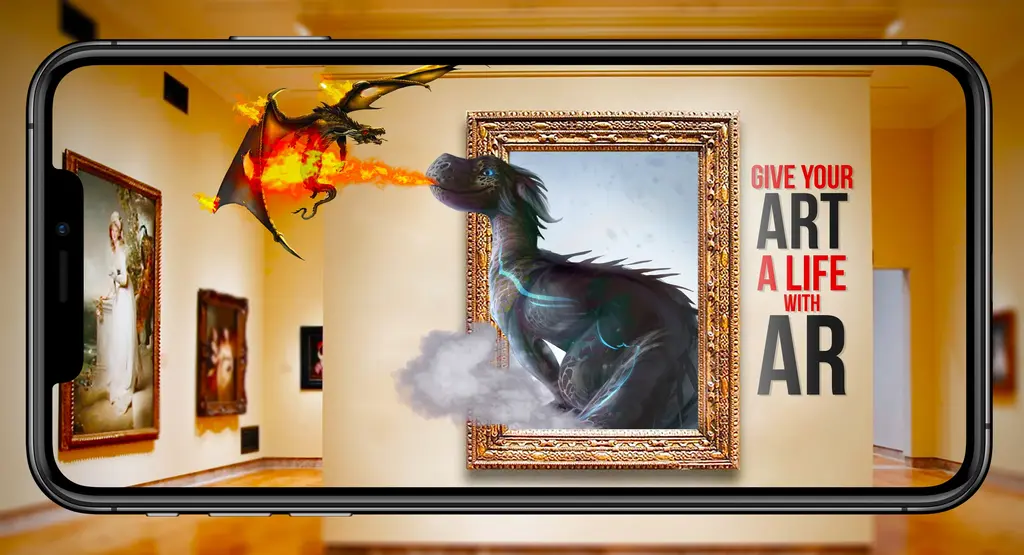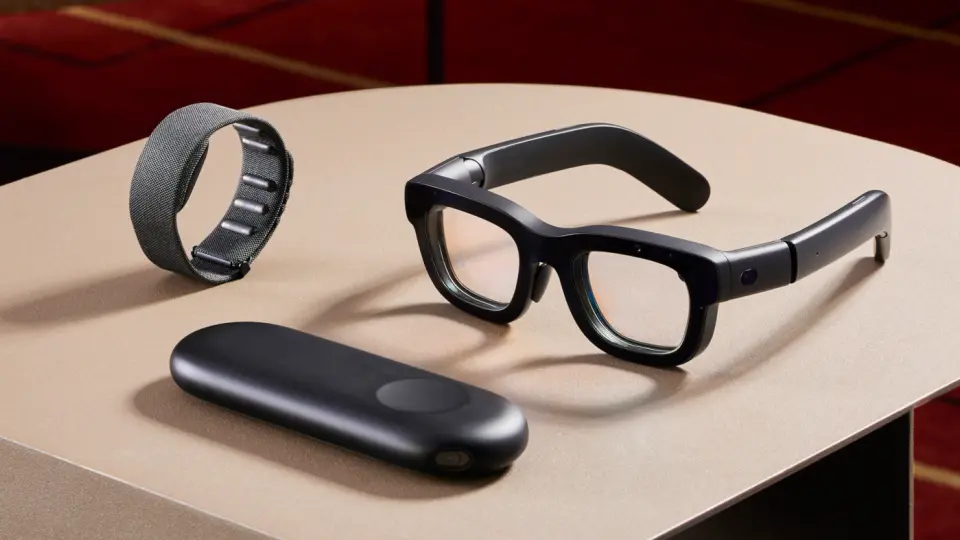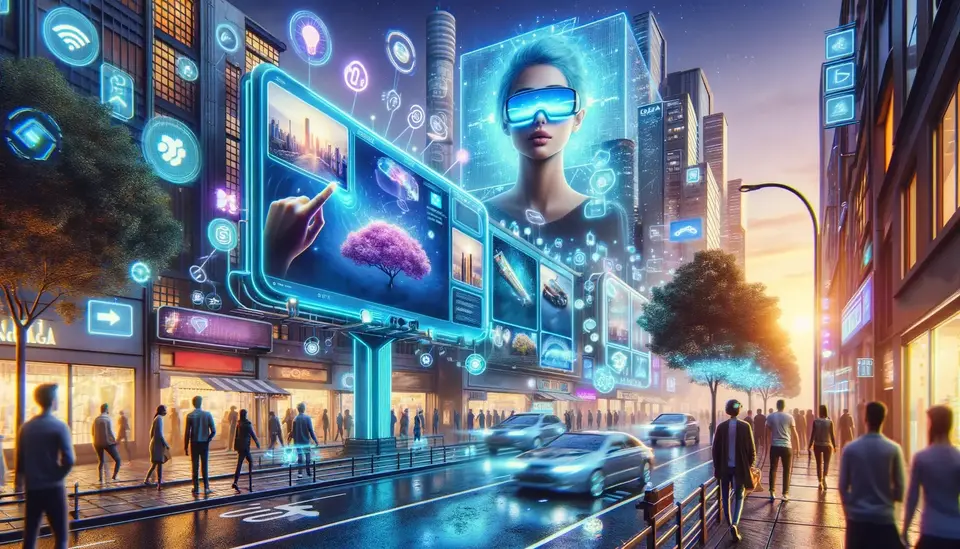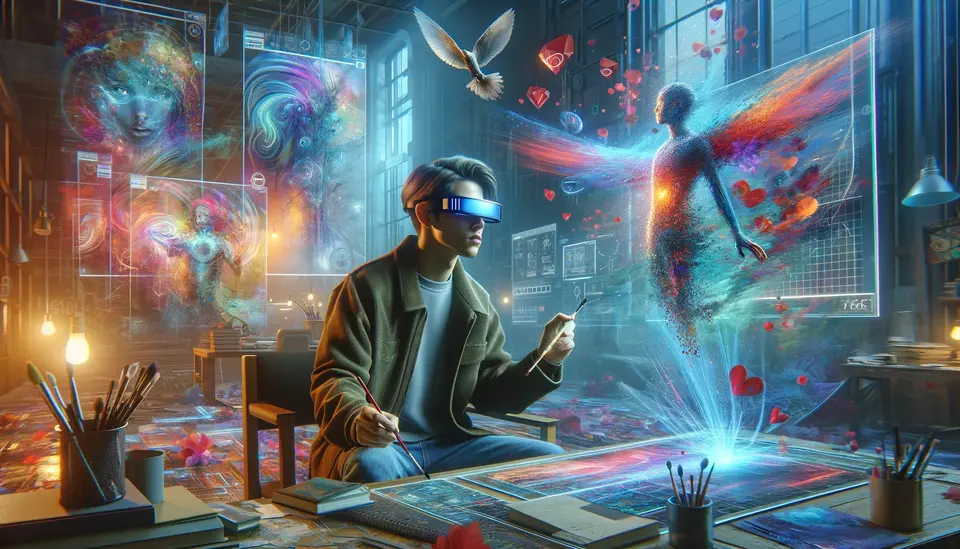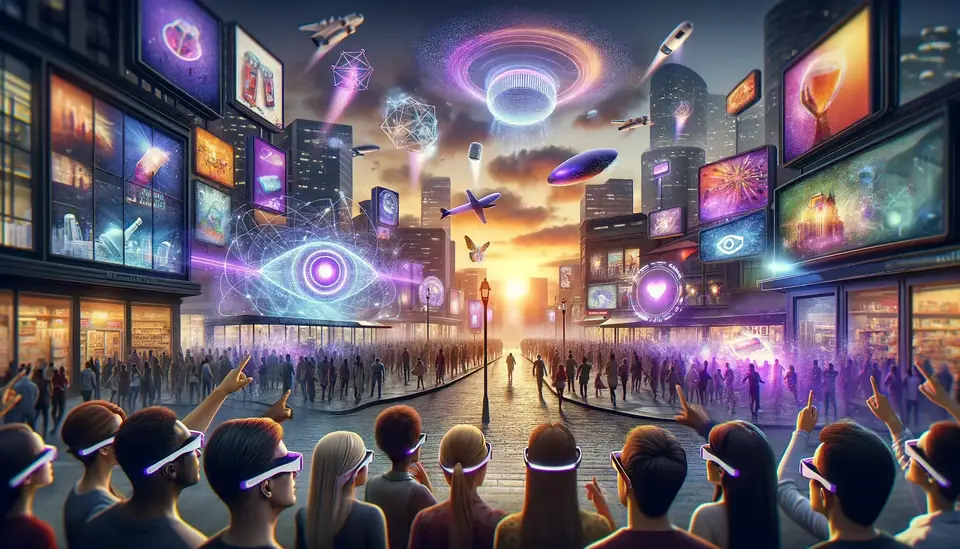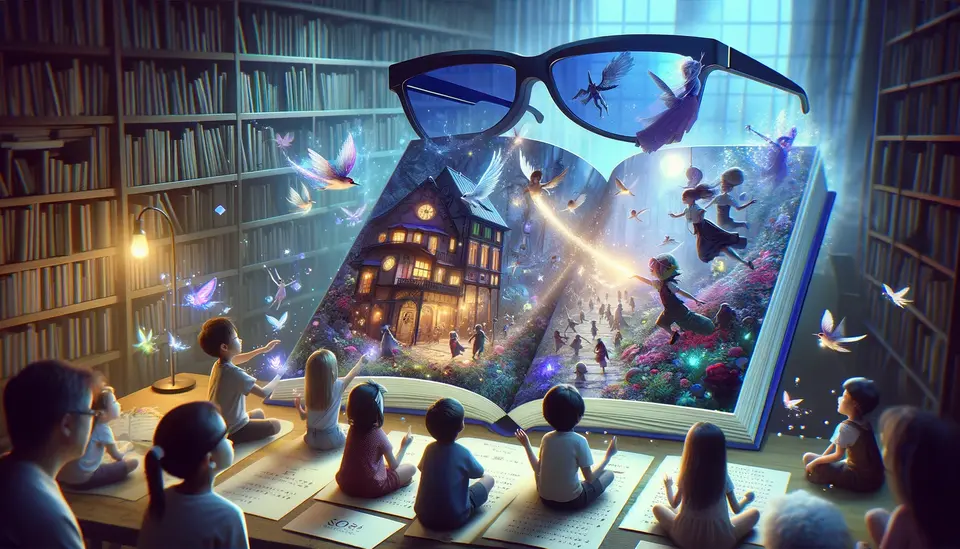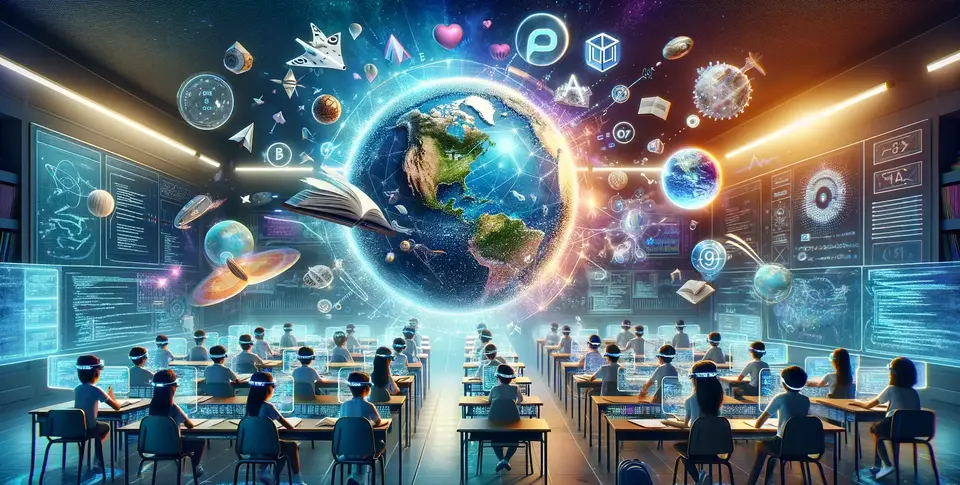15 Examples of the Use of Augmented Reality (AR) in Art
Posted on April 1, 2023 4 minutes 839 words
Table of contents
- 1. AR Art Galleries
- 2. AR Murals
- 3. 3D Sculptures in Public Spaces
- 4. Site-specific Installations
- 5. Augmented Reality Theater Performances
- 6. AR-Enhanced Museum Experiences
- 7. Interactive Art Education
- 8. Digital Graffiti
- 9. Virtual Reality and AR Crossover Installations
- 10. Wearable Art and Fashion
- 11. Augmented Reality Dance Performances
- 12. Socially Engaged AR Art
- 13. AR-assisted Art Creation
- 14. AR and Generative Art
- 15. The Future of AR in art
- Conclusion
Augmented reality (AR) technology is revolutionizing the art world, blurring the lines between real and virtual spaces, and offering new forms of creative expression and audience engagement. In this blog post, we will explore 15 groundbreaking examples of how AR is being used across various artistic disciplines.
1. AR Art Galleries
As physical barriers become less important, artists and galleries have started using AR to create virtual exhibitions. Platforms like Acute Art and Artivive showcase artists’ work in digital galleries, allowing viewers to experience art from anywhere in the world. Notable examples include Olafur Eliasson’s “Wunderkammer” and Marina Abramovic’s “Rising.”
2. AR Murals
Artists are utilizing AR to bring murals and street art to life. By incorporating AR triggers into their work, artists can add layers of interactivity and storytelling. For example, The Mural Festival in Montreal featured several AR murals that allowed viewers to interact with the artwork using a dedicated app.
3. 3D Sculptures in Public Spaces
AR allows artists to create and place virtual sculptures in public spaces, transforming the urban landscape. Australian artist Michael Candy’s “Synthetic Pollenizer” is an AR project that simulates the pollination process, creating a virtual environment for users to interact with.
4. Site-specific Installations
AR installations that react to and incorporate their surroundings are becoming increasingly popular. Artist Nancy Baker Cahill’s “Revolutions” is a site-specific AR artwork placed along the Los Angeles River, reflecting the area’s environmental and social history.
5. Augmented Reality Theater Performances
AR is being incorporated into live theater, enhancing the audience’s experience by adding digital elements to the physical stage. The Royal Shakespeare Company’s production of “The Tempest” used AR to create magical effects that integrated seamlessly with the live performance.
6. AR-Enhanced Museum Experiences
Museums have integrated AR to enhance visitor experiences, offering interactive content and historical context. The Louvre in Paris, for example, launched a Mona Lisa AR experience, allowing visitors to learn more about the painting through an immersive, digital lens.
7. Interactive Art Education
AR is being used to teach art history and technique through immersive, interactive experiences. Apps like Boulevard AR enable users to virtually visit famous museums and explore artworks in detail, while SketchAR helps users learn drawing techniques through AR-guided lessons.
8. Digital Graffiti
Digital graffiti, enabled by AR, allows artists to create ephemeral, virtual art installations without damaging property. In 2018, Snapchat collaborated with Jeff Koons, placing his famous balloon sculptures in various locations around the world using AR technology.
9. Virtual Reality and AR Crossover Installations
The intersection of virtual reality (VR) and AR is creating new possibilities for artists. TeamLab’s “Borderless” exhibition in Tokyo combines VR and AR to create an immersive, interactive environment that encourages exploration and play.
10. Wearable Art and Fashion
Designers are incorporating AR into wearable art and fashion. During the 2017 Fashion Week in London, designer Sabinna Rachimova partnered with AR app company Pictofit to create an interactive runway show, allowing users to virtually “try on” clothing in real-time. In another example, Nike’s “Reactland” campaign used AR to let customers test and visualize the performance of their shoes in an immersive environment.
11. Augmented Reality Dance Performances
AR is being integrated into dance performances, adding visual layers that interact with the dancers’ movements. In 2018, the Dutch National Ballet collaborated with tech company Studio Drift for a performance called “Ballet & Drones,” which incorporated AR to create dynamic, responsive visuals.
12. Socially Engaged AR Art
Artists are using AR to address social issues and encourage audience engagement and activism. “Forced Perspective” by Tamiko Thiel is an AR project that explores the refugee crisis by creating virtual sculptures, placing them in public spaces, and inviting viewers to engage with the artwork through their smartphones.
13. AR-assisted Art Creation
Artists are using AR as a tool for creating art, from sketching and painting to sculpture and animation. Gravity Sketch, an AR design platform, allows artists to create 3D artwork by drawing directly in the air, while Tilt Brush by Google uses AR to let users paint in a 3D space.
14. AR and Generative Art
AR can be combined with generative art to create responsive, ever-changing artworks. Studio Drift’s “Franchise Freedom” is a generative AR artwork that simulates the flight patterns of birds, creating a unique visual experience that changes based on environmental factors such as wind and light.
15. The Future of AR in art
As technology continues to advance, the art world will undoubtedly continue to explore and embrace the myriad opportunities AR presents. Potential advancements and applications include AI-driven AR experiences, holographic art displays, and the fusion of AR with other emerging technologies like blockchain and the metaverse.
Conclusion
In conclusion, augmented reality has expanded the horizons of artistic possibilities, allowing creators to engage with audiences in new and innovative ways. As technology continues to advance, the art world will undoubtedly continue to explore and embrace the myriad opportunities AR presents, further blurring the lines between real and virtual worlds.

